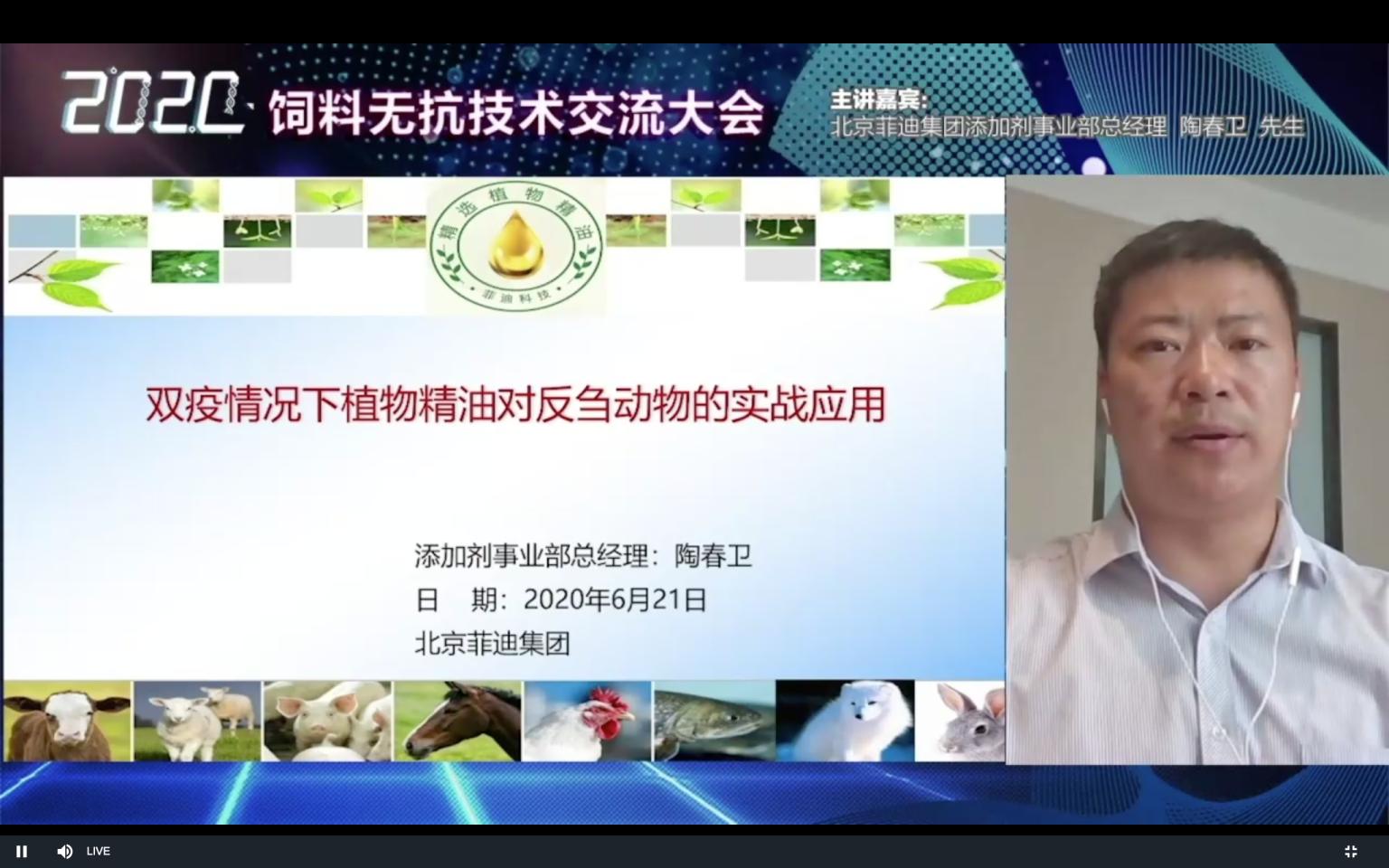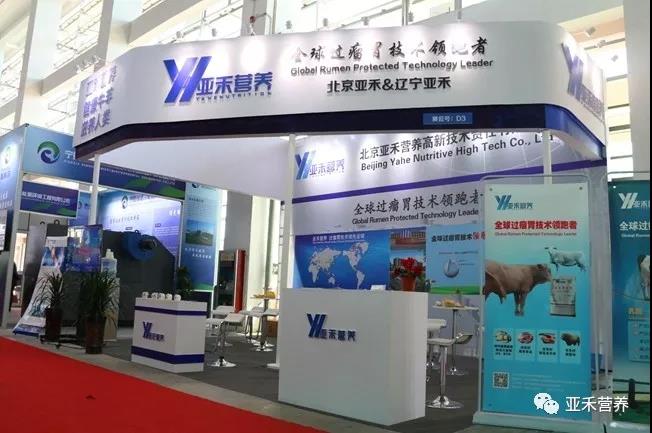If the lysine market in June is "increasing," then the lysine market in July will be "powerless and high." Many factors turned bearish, and in addition to the fierce rainstorm, the manufacturers in July are more than willing to raise domestic prices. "Insufficient power", the signing situation is unsatisfactory, individual manufacturers lowered their quotations, the market bearish sentiment gradually increased, dealers shipped positively, lysine prices continued to fall this week, according to different volumes in different regions, the market content 98 lysine quotation -9.8 yuan / kg, the price of 70 content is 5.2-5.8 yuan / kg. Recently, the number of manufacturers who announced the maintenance plan has increased. Will the suspension of maintenance of some lysine manufacturers in August boost the market? Let ’s take a look at the impact on the market. Several relevant factors are expected:
Commencement: another year of maintenance season
As we all know, manufacturers usually carry out maintenance in the summer. Following Dacheng's maintenance in July, Boya and News recently announced that the Yipin Ningxia plant and the Meihua Xinjiang plant will plan for lysine and threonine from August 5 to August 17. , Monosodium glutamate was shut down for maintenance; manufacturers said they expected domestic supply in August to be halved. In addition, according to the feed Baba editor, Huanhuan, Dongfang hopes to stop production and maintenance from today, and the maintenance time is expected to be no less than 2 weeks, and Dacheng's maintenance time is expected to end at the end of July. Regardless of the impact of technological transformation or the implementation of the first round of environmental inspections, the maintenance time of some lysine manufacturers has been extended this year.
Buddhism: Heavy rain wipes out rising dreams
Soybean meal: The weather hype temporarily "fires out". The main cause of the soybean meal's previous rise was the weather hype, and the secondary cause was the devaluation of the renminbi. Today, bad weather has not occurred. The increasingly dry North American production area is still tolerable by soybeans. The weather is worried about losing fundamental pressure. The recent heavy rains have not only plunged the breeding industry, but also wiped out the soybean meal market. In the rising dream, the price of soybean meal has dropped significantly. Although there is a technical rebound in the subsequent US soybeans, the time space may be limited. The soybean meal market in August is expected to be weak and volatile.
Corn: Although the corn is in the "green and yellow" stage recently, the State Reserve corn has opened its gates since July. The torrential rains have shrunk the demand for feed. The supply and demand of the corn market have appeared to exceed demand. The stockpile of temporary reserves increased by another 6 million tons, an increase of 2 million tons from the second round. The directional auction continued to be cold, and next week spring corn began to be listed. The market is pessimistic. The corn market is expected to fluctuate at a low level in August. The corn auction reserve price has a certain bottom support for the market.
Cultivation: downstream demand is suppressed
From mid-June to the present, China has been hit by multiple rounds of heavy rainfall from south to north. There are many large aquaculture provinces such as Lianghu, Anhui, Jiangsu, Hebei, and Shandong, and some areas have suffered heavy losses. However, it can be said that the high temperature after the rainstorm in the south In order to avoid the risk of late-stage farming epidemics, the sale of live pigs in the disaster area is obvious; under heavy rain and high temperature, the feed intake of livestock and poultry declined, and the demand for aquatic products in Central China and East China fell by about 15% month-on-month, so domestic feed sales in July There has also been a decline, and feed companies have remained cautious in purchasing.
To sum up, both domestic supply and demand sides are still at the stage of gaming. In June, China ’s lysine export volume was 31,000 tons, an increase of 17.3% from the previous month. Corn and soybean meal are weak and volatile, rainstorms have lengthened the breeding recovery cycle, feed companies' enthusiasm for purchasing has decreased, and inventory cycles have been shortened. Although the supply of some mainstream manufacturers has been reduced in August, Dacheng is expected to resume production in August. Negative factors still prevail, and personal opinion is still not optimistic about the lysine market in August.

.jpeg)



